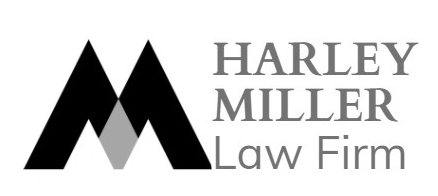In general, technology transfer is carried out through a legal relationship in which the owner of technology or protected technical know-how and patents sell or license the use of that technology or know-how to another individual or legal entity.
These legal relationships are essentially agreements, meaning that the technology transferor agrees to transfer, and the transferee agrees to receive, the rights, permissions, or technical know-how being transferred. There are several legal mechanisms and agreements through which technology can be transferred or received, including:
Sale or Transfer of Intellectual Property Rights
The first legal mechanism involves the owner selling the exclusive rights to a protected invention, and another individual or legal entity purchases those rights. When all exclusive rights to a protected invention are transferred without any time or other restrictions by the owner to another individual or legal entity, the transfer of those rights has occurred. Similar principles and characteristics also apply to the transfer of other industrial property objects (e.g., trademarks and industrial designs).
Licensing
The second legal mechanism is through licensing, where the owner of a protected invention allows another individual or legal entity to carry out one or more “acts” within the scope of their exclusive rights to the invention in a specific territory or during the term of protection of that invention. When granted by the owner, this is referred to as “licensing.” The “acts” can include “manufacturing or using products containing the invention, producing products by a process containing the invention, or using a process containing the invention.”
Technology Transfer Agreements
The third mechanism, which is one of the primary methods for technology transfer, involves technical know-how. Technical know-how generally refers to knowledge about how to perform a specific task, specialized knowledge acquired in a particular field. Technical know-how can be exchanged in tangible forms such as documents, images, plans, computer memory cards, or other forms, as well as in intangible forms. For example, an engineer from the transferring party explains the process to an engineer from the receiving party.
Commercial Licensing
Technology transfer for commercial purposes can also occur through commercial licensing or distribution agreements. These agreements combine the reputation, technical information, and expertise of one party with the investment of another to sell goods or provide services directly to customers. Marketing methods for these goods and services often rely on branding, service marks, or trade names, along with unique decoration or design features, and may include the licensing of trademarks or trade names from the owner, along with the provision of technical information, technical services, technical support, or management services related to production, marketing, maintenance, and administration.
Sale and Import of Production Materials
The transfer and receipt of technology for trade purposes can also be accomplished through the purchase and import of equipment and production materials. For example, manufacturing equipment may be machines and tools required to produce products or implement a technical process.
Joint Ventures
Joint ventures represent a form of collaboration between two independent companies. There are two basic forms of joint ventures: equity joint ventures and contractual joint ventures. Equity joint ventures are agreements in which a separate legal entity is formed based on the agreement of two or more parties. Contractual joint ventures can be used when it is not necessary or possible to establish a separate legal entity. Licensing agreements, technology transfer agreements, or other legal tools related to the transfer and receipt of technology can be incorporated into joint venture agreements.
Turnkey Projects
In specific cases, multiple business agreements related to technology transfer, and subsequently the legal instruments in effect, can be combined in a manner that delegates the planning, construction, and operation of a facility to a single technology supplier or a very limited number of technology suppliers. Therefore, a turnkey project can be a comprehensive agreement in which one party is responsible for transferring the technology to its customer, the technology recipient – an entire industrial facility capable of operating in accordance with agreed standards. Typically, turnkey projects involve one party’s provision of industrial facility design and technical information on the facility’s operation.
Consultancy Agreements
In general, consultancy agreements relate to support, advice, or other services provided by a consultant (whether an individual or a business) when planning to receive technology, designing a new business entity, preparing to bid for new construction projects, buildings, or equipment, seeking to improve existing technology, or engaging in other activities requiring professional consulting related to technical know-how.





